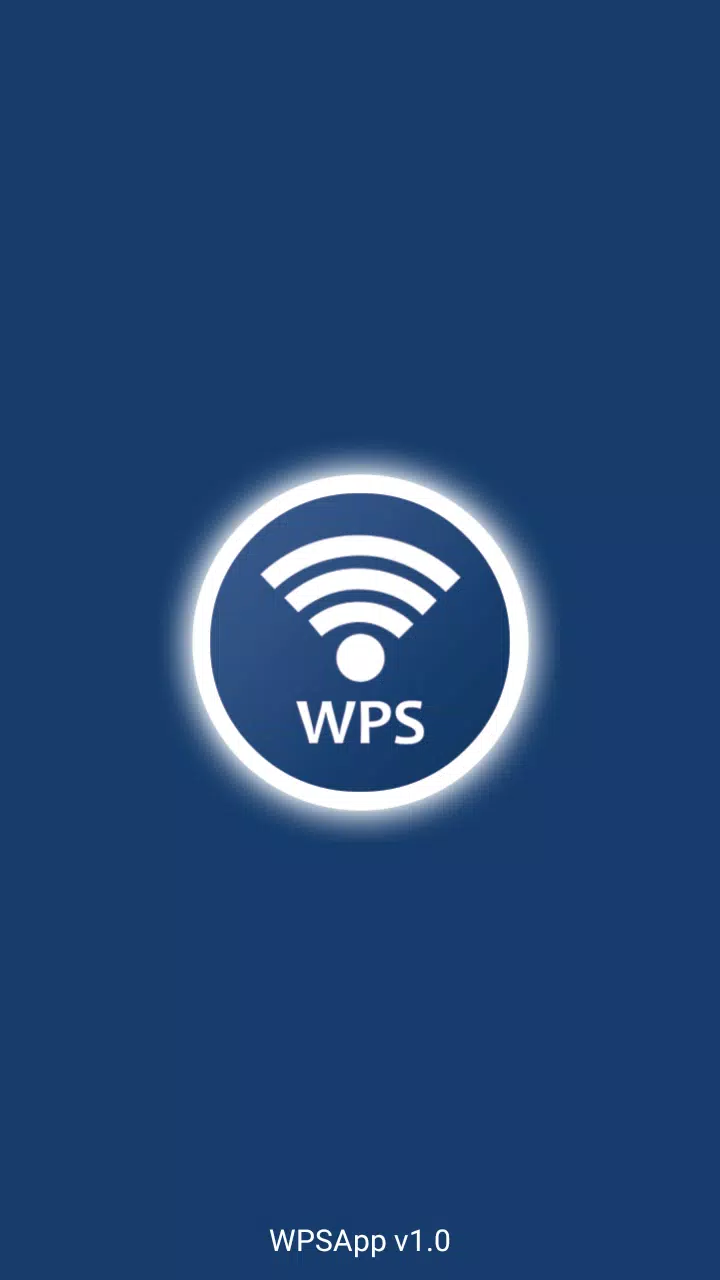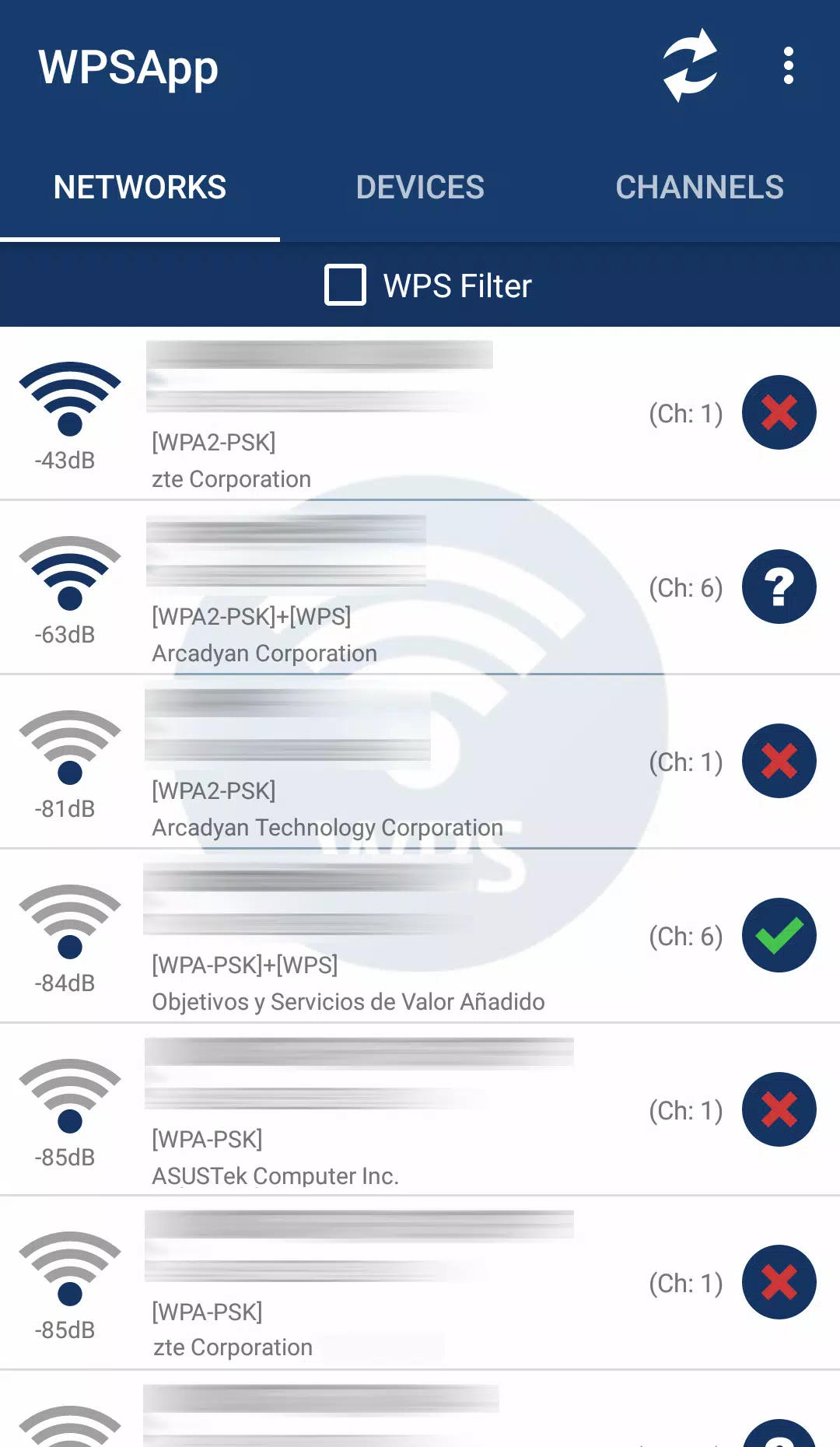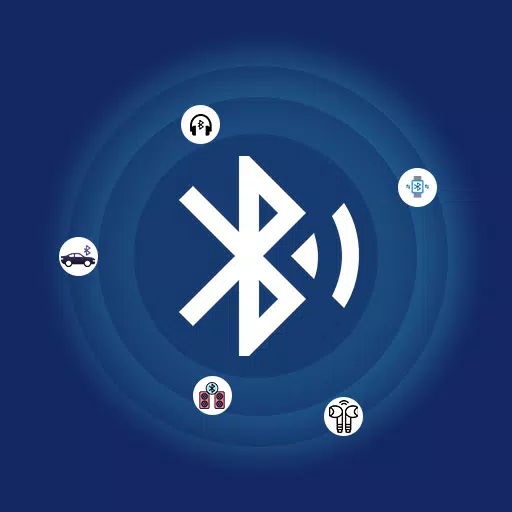Ensuring the security of your WiFi network is crucial in today's digital age. One tool that can help you assess your network's vulnerability is WPSApp, which focuses on the WPS (Wi-Fi Protected Setup) protocol. This protocol simplifies the process of connecting to a WiFi network by using an 8-digit pin number, which is often pre-set in the router. However, a significant issue arises because the pins for many routers from various manufacturers are either known or can be calculated, posing a security risk.
WPSApp utilizes these known pins to attempt connections and determine if your network is susceptible to unauthorized access. The app incorporates several algorithms for pin generation and includes default pins. It also calculates default keys for certain routers, displays WiFi passwords stored on your device, scans devices connected to your network, and evaluates the quality of WiFi channels.
Using WPSApp is straightforward. When you scan nearby networks, you'll notice different indicators:
- Networks marked with a red cross are considered "secure" because they have the WPS protocol disabled and their default password is unknown.
- Networks with a question mark have the WPS protocol enabled, but the pin is unknown. In such cases, WPSApp allows you to test the most common pins.
- Networks with a green tick are likely vulnerable. They have the WPS protocol enabled, and the connection pin is known. Alternatively, even if WPS is disabled, if the password is known, the network will also appear in green, indicating you can connect using the known key.
To access certain features like viewing passwords, connecting on Android 9/10, and other advanced functions, you need to be a Root user.
It's important to note that not all networks are vulnerable, and a network appearing as such does not guarantee 100% vulnerability. Many companies have updated their router firmware to address these issues.
If you find your network to be vulnerable, take immediate action. Disable the WPS protocol and change your password to a strong, personalized one.
Please be aware that unauthorized access to foreign networks is illegal, and I am not responsible for any misuse of this information.
From Android 6 (Marshmallow) onwards, you need to grant location permissions to use WPSApp, a new requirement introduced by Google. For more information, visit: Google's Android 6.0 Changes.
Some Samsung models encrypt passwords, displaying them as a long series of hexadecimal digits. If you need help decrypting them, look for information online or contact the developer.
Note that pin connection does not work on LG models with Android 7 (Nougat) due to issues with LG's software.
Before rating the app, please understand its functionality. For any suggestions, issues, or feedback, you can reach out to [email protected].
Acknowledgments go to Zhao Chunsheng, Stefan Viehböck, Justin Oberdorf, Kcdtv, Patcher, Coeman76, Craig, Wifi-Libre, Lampiweb, David Jenne, Alessandro Arias, Sinan Soytürk, Ehab HoOoba, drygdryg, and Daniel Mota de Aguiar Rodrigues for their contributions.








































